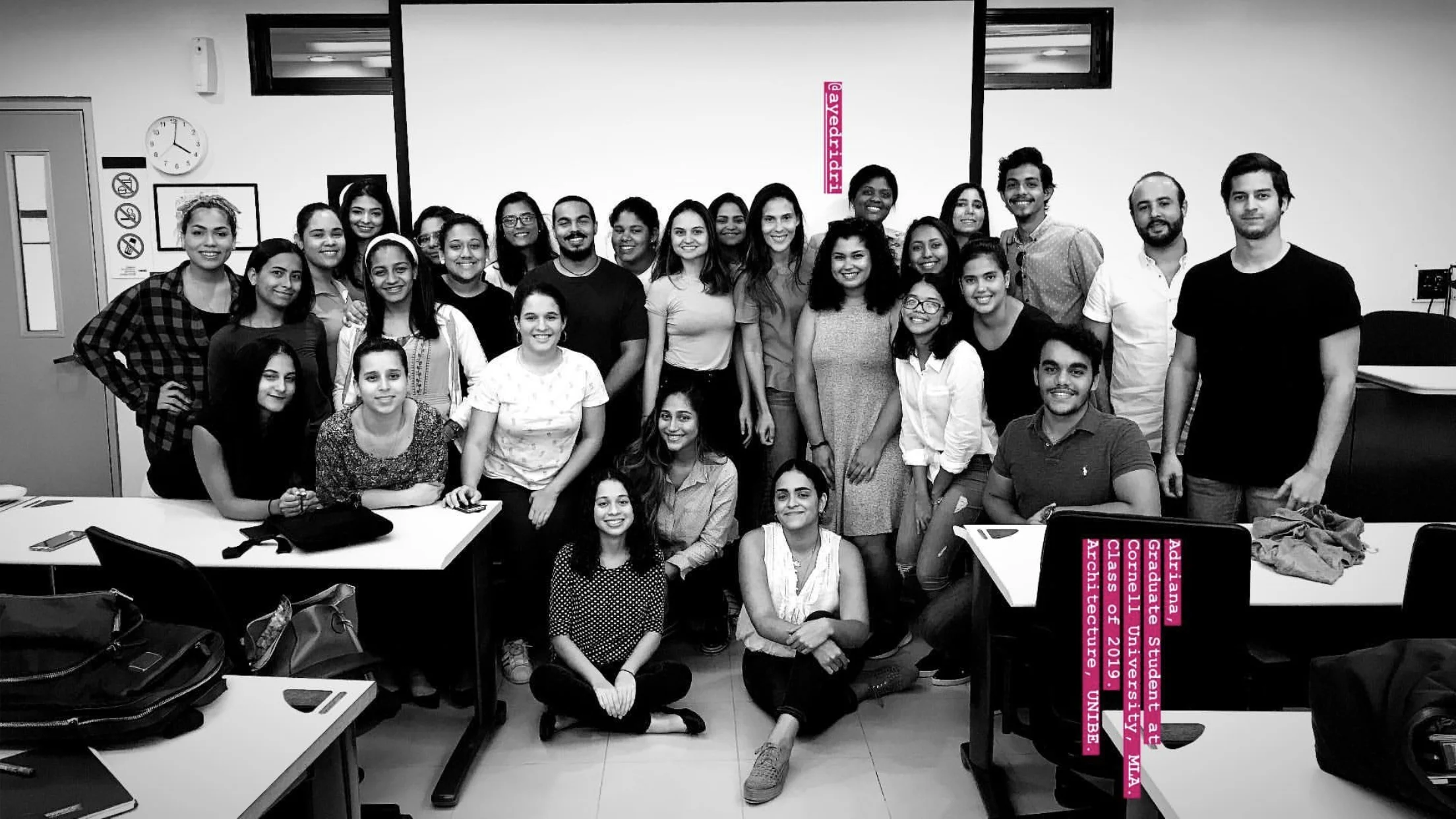A Closer Look | Pasantía de Arquitectura de Paisaje
During my first month in the Dominican Republic, I was lucky enough to land an internship with local landscape architect, Massiel Mejía. Her experience and interests in native/endemic flora within landscape design aligned perfectly with my research on local plant culture. She then invited me to sit in on her course in Landscape Architecture at Universidad Iberoamericana (UNIBE), and eventually switched my role to ‘Teaching Assistant’ for her Summer 2018 course. In the DR, universities are set in trimesters, and I came into this class about a month after the start of summer term. I was instantly introduced to the project and began working with Massiel to navigate the role of landscape architecture in her classroom of junior-level architecture undergraduate students. As expressed in previous posts, landscape architecture has not entered the academic or local profession as a career in the DR, just yet. But as the government moves towards a more “green economy”, there is an increased interest in exploring the natural arts, sciences, and environment within the region.
This studio is in co-collaboration with the main architecture studio of the term, taught by Juan Rufino Castillo. Students are divided into three main teams and are assigned a major geographical coastal area in the DR. They are then tasked with creating a masterplan within the diverse contextual landscape. Students are given a set of parameters in terms of programming, infrastructure, and planning; however, our role as landscape architects is to implement these masterplans in a framework that logically works with the surrounding environment. Although difficult at times, the students are becoming more open to the ideas of landscape architecture and what it means to create the built environment in relation to place and space. Students are starting to navigate the diverse climates of the region, the complex flora, and the way topography can inform design. My role as the TA allows me to connect with the students and share my knowledge in the field by teaching green infrastructure and landscape strategies, the importance of the design process, conceptual thinking, and the creation of design within established communities. The Dominican Republic is a complicated and unique landscape, making this course stimulating on multiple levels.
So far, I have given a presentation on my own experiences in Landscape Architecture at Cornell. I have shared my portfolio, past internships, and the research I am doing here. As a class of different cultures, I have enjoyed collaborating with these students and seeing their perceptions of landscape shift and change with new assignments. I was able to sit in on one of the Mid-Reviews and serve as a guest critique for the group located in the Azua region. Although this is a group of seven, I was impressed with the amount of work that goes into their plans and designs. In the DR, data for national geographical or environmental information is almost non–existent and the ingenuity in problem solving these students have to generate informative designs is remarkable. There is a long way to go to get these architecture students on the landscape architecture bandwagon, but we are getting there and I am excited to return in August for their final reviews!
For now, I am off to Haiti for a month to work at Nature Design, a regenerative botanical garden the first of its kind in the country!













